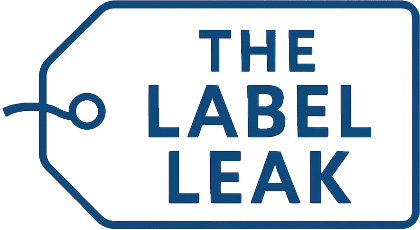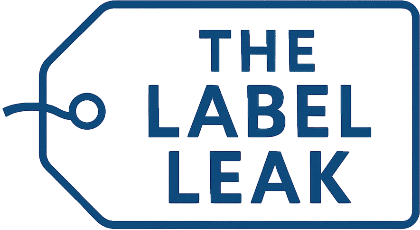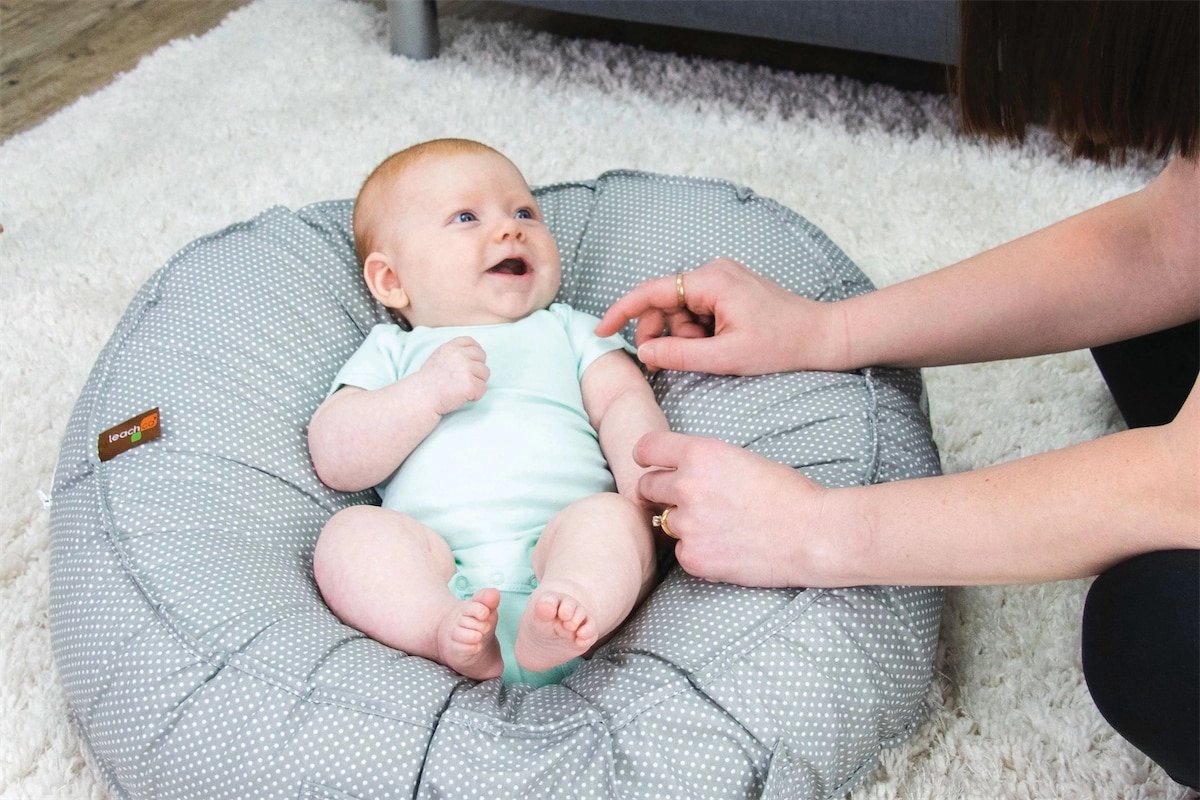Feds recall safe baby products because parents might misuse them
Washington, DC; June 19, 2025: The federal government issues thousands of recalls every year, taking potentially defective products off the market before they can harm people. But when it comes to some nursery products, the Consumer Product Safety Commission (CPSC) forces recalls of products that are not faulty or defective at all.
A new report reveals that the CPSC can target nursery-product manufacturers not because their products have a design, manufacturing, or warning defect. Instead, and contrary to long-standing legal principles, the CPSC equates consumer misuse with defect. And, under that faulty rationale, the CPSC claims authority to go after non-defective products solely because consumers may misuse them. The Commission’s time would be better spent focusing on public education so that caregivers understand safe-sleep standards.
“The cause of nearly all product-related infant injuries and deaths is parents’ misusing products, not defects in the products themselves,” said Megan Jenkins, strategic research director at Pacific Legal Foundation. “But sometimes the CPSC treats parental misuse itself as a defect and bans those products. The CPSC’s approach takes safe and useful childcare tools away from parents while doing little to make kids safer.”
The new report, “Paternalism and Product Safety: The Consumer Product Safety Commission’s Approach toward Infant Nursery Products,” reveals that in the past 20 years, infant deaths resulted largely from product misuse, rather than from true product defects, even in products that the Commission itself promotes for safe sleep. For example, 82 percent of infant deaths in cribs—a product the CPSC recommends for safe sleep—on average, were caused by product misuse, leaving 18 percent attributed to product defects.
Instead of working to educate consumers, the CPSC blames manufacturers for consumer misuse, issuing mandatory recalls and often massive fines for something businesses had no control over. For example, the CPSC tried to compel Leachco, a small infant product company, to recall its infant lounger, called the Podster, and to reimburse its customers. But the CPSC did not allege that the Podster had a manufacturing defect, nor did the CPSC allege that the Podster lacked warnings against improper use. Instead, the CPSC claimed that the Podster had a design defect because caregivers might use it for sleep—even though it was never designed for nor marketed as a sleep product. And while the CPSC alleged that three infant death were “associated with” the Podster, the deaths resulted from unsafe-sleep environments (extra bedding, co-sleeping) that tragically occur in all manner of products.
Worse still, companies whose products are targeted by the agency have little legal recourse other than in-house agency adjudication, where the outcome is predetermined. Leachco, despite an extremely rare win at the lower level with an Administrative Law Judge, saw that decision overturned by the heads of the CPSC and the recall ultimately upheld.
“While the CPSC cannot control consumer behavior, it can control its own discretion, investigation, reporting, and messaging to properly inform consumers of the real risks posed by their actions,” the report concludes. “The agency can thus allow and encourage innovation while fulfilling its mission of reducing product-related injuries and deaths by focusing more on consumer education and sharing accurate data and information with parents and consumers so they can use it to inform their behavior. Informing the public about the frequency and dangers of product misuse could save more lives than recalling or banning products that lack objective defects.”
Read the full report, Paternalism and Product Safety: The Consumer Product Safety Commission’s Approach toward Infant Nursery Products.


